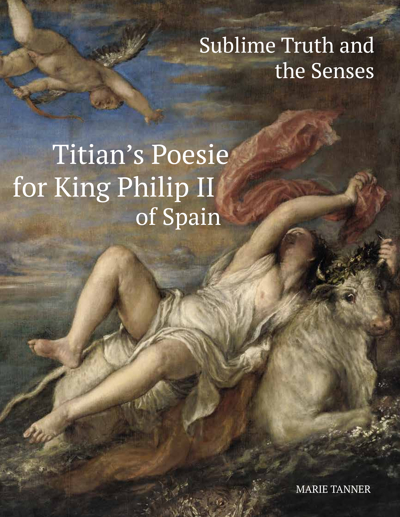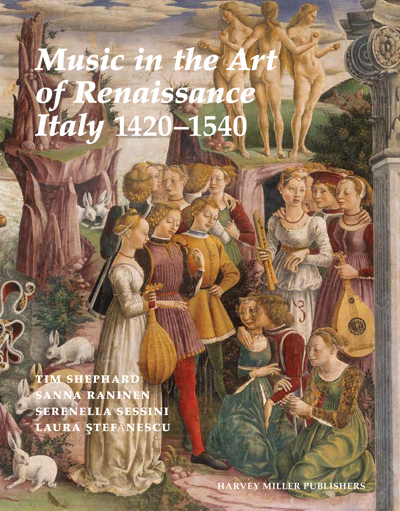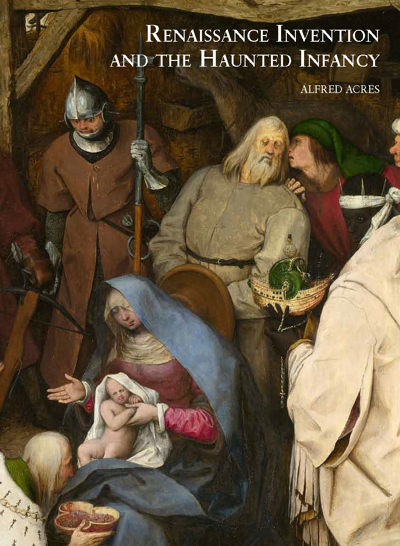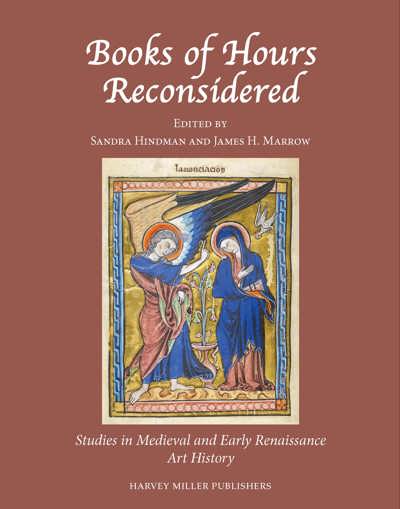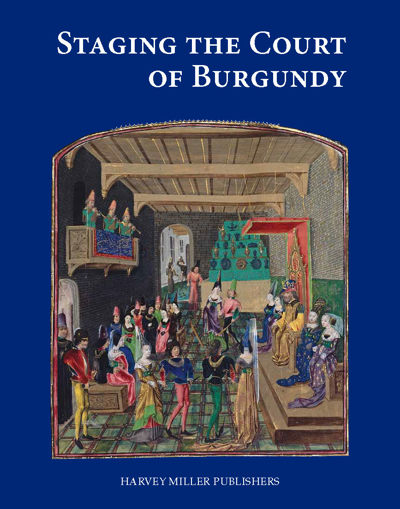
Sublime Truth and the Senses: Titian's Poesie for King Philip II of Spain
Marie Tanner
- Pages: iv + 232 p.
- Size:220 x 280 mm
- Illustrations:71 b/w, 77 col.
- Language(s):English, Italian, Latin
- Publication Year:2019
- € 120,00 EXCL. VAT RETAIL PRICE
- ISBN: 978-1-909400-27-6
- Hardback
- Available
In this fascinating study Marie Tanner examines the ways in which Titian incorporates new concepts of sensuality and spirituality in the mythological paintings for King Philip II of Spain.
“In its proposing of an entirely new direction for Titian studies and filled with multiple lines of exploration, the book will prove as challenging as it is stimulating for many readers.” (Debra Pincus, in CAA.Reviews, 24.08.2022)
Marie Tanner an expert on Renaissance art an architecture, is the author of the prize winning study The Last Descendant of Aeneas: The Hapsburgs and the Mythic Image of the Emperors (Yale, 1993). Her most recent book is Jerusalem on the Hill: Rome and the Vision of St. Peter's in the Renaissance (Harvey Miller, 2010).
The paintings for Philip II, known as the Poesie, are among the most frequently discussed works of art that address a favored Renaissance theme, the influence of the pagan gods on human actions. The commission is traceable to 1549, when Emperor Charles V summoned the artist to Augsburg following Prince Philip’s triumphal parade through the empire as his father’s heir apparent. The cycle that took shape comprises Danae and Venus and Adonis (Madrid, Prado); Diana and Actaeon and Diana and Callisto (Edinburgh, National Gallery of Scotland); Perseus and Andromeda (London, Wallace Collection) and Europa (Boston, Isabella Stewart Gardner Museum). These masterpieces of the artist’s mature period can be considered the most important Renaissance grouping of mythological paintings executed by a single artist.
The author proposes that Philip’s expected elevation prompted the commission and that the subjects form a cohesive program of Hapsburg ethical views and political concerns, and that Titian created new visual idioms to represent the complex issues which the subjects address in part by engaging themes with a significant prior history in family patronage. While Titian's Poesie for Philip II are well known monuments of western culture, they have never before been investigated with this focus.
The dispersal of the pictures' in the seventeenth century resulted in a scholarly focus on the single pictures and a concentration on their sensual aspects. In Aretino, a Venetian dialogue on painting, Titian’s friend and apologist Lodovico Dolce is a spokesman for art that following poetry, entices through beauty, while hiding important truths beneath the veil of allegory. This study analyzes the ways in which Titian incorporates new concepts of sensuality and spirituality in a Venetian vernacular to create masterpieces whose originality and ravishing beauty belie their didactic content.
